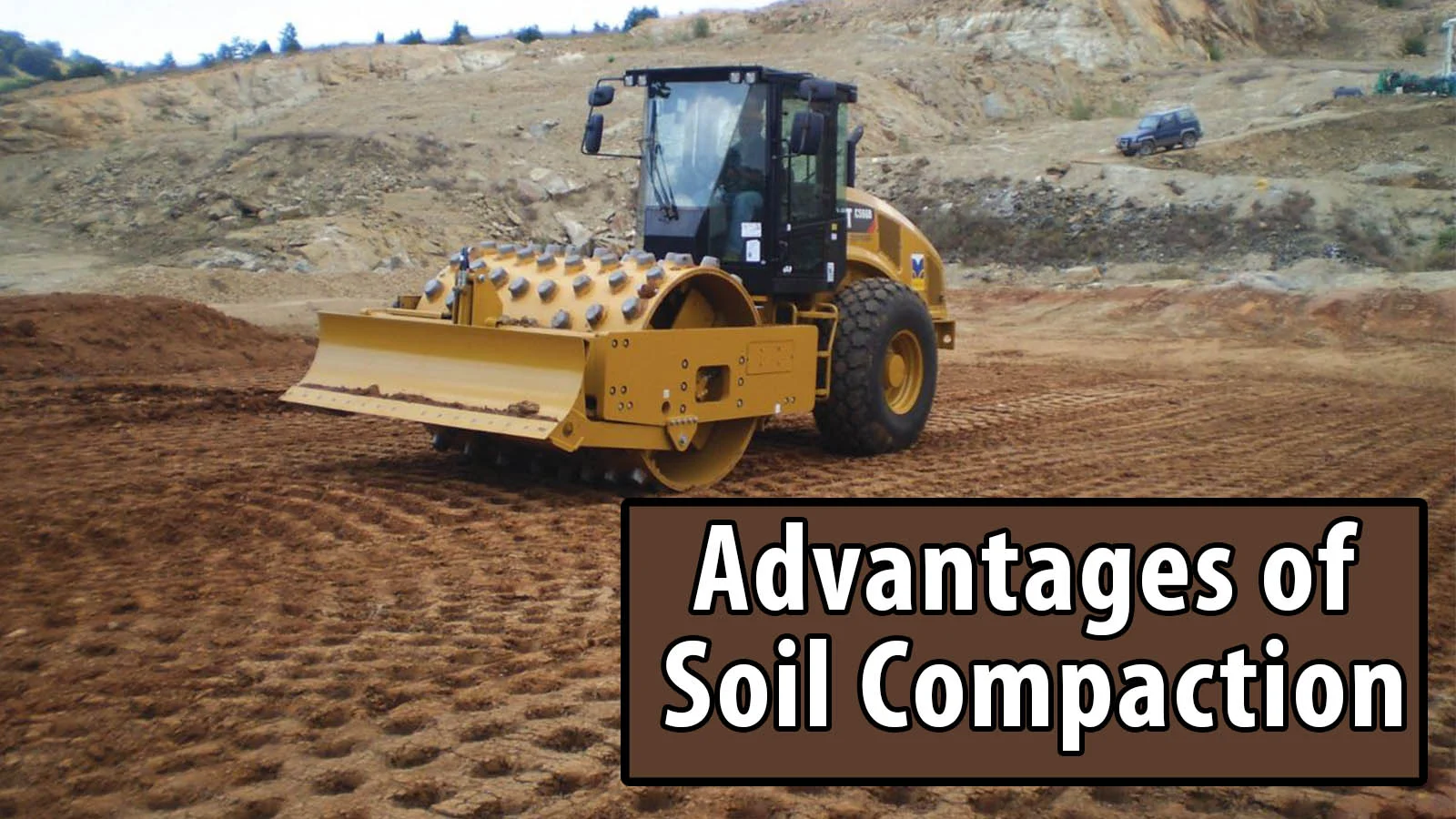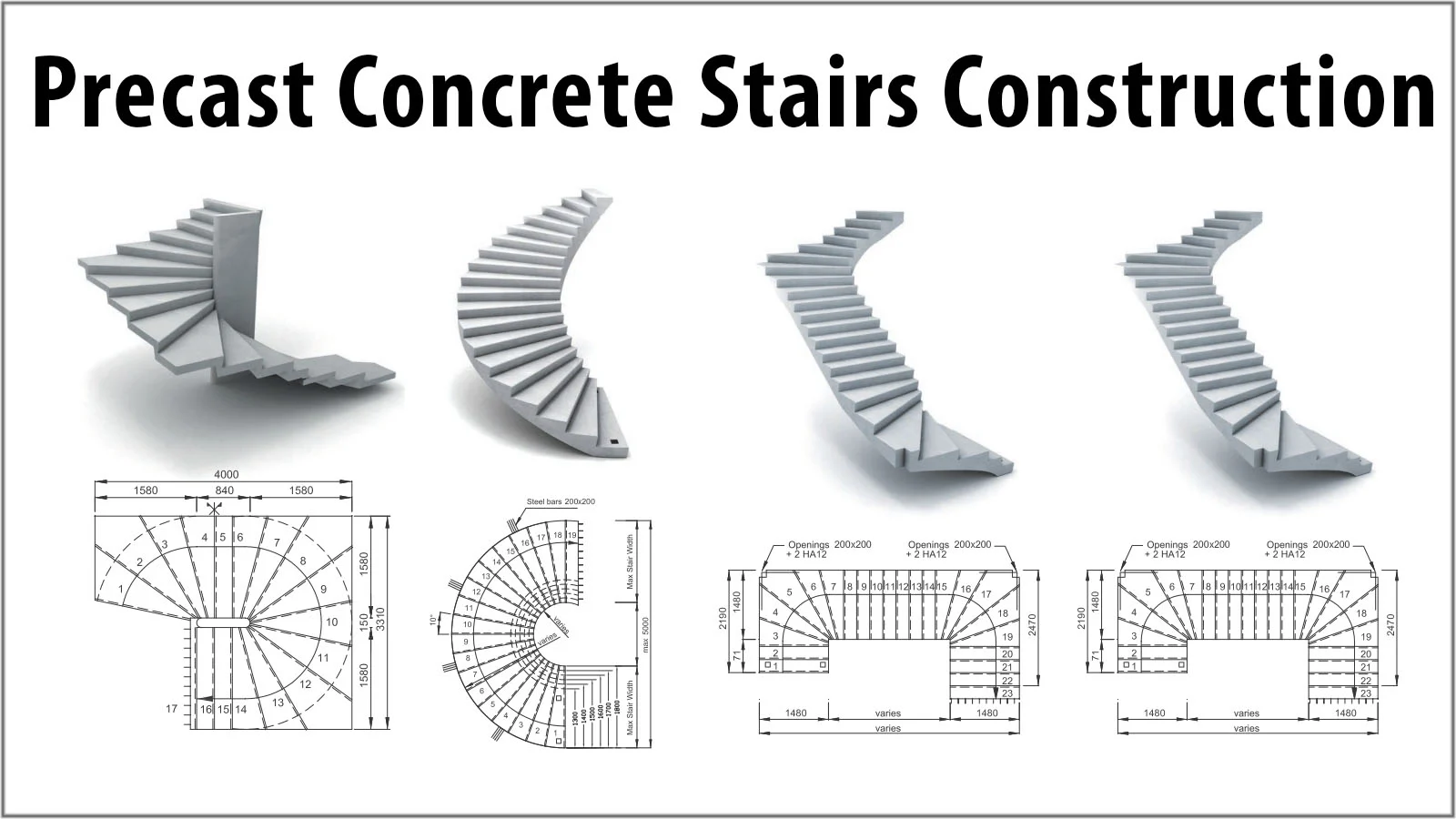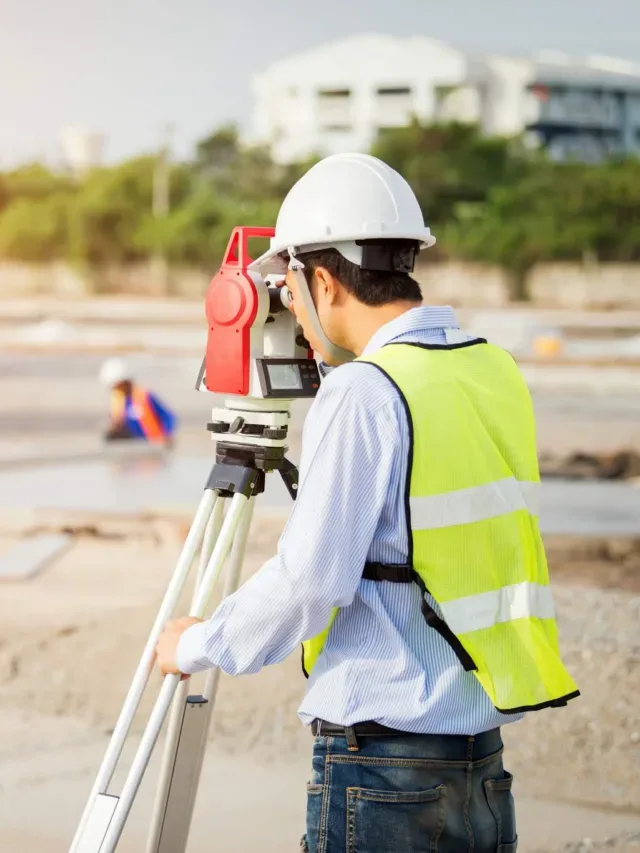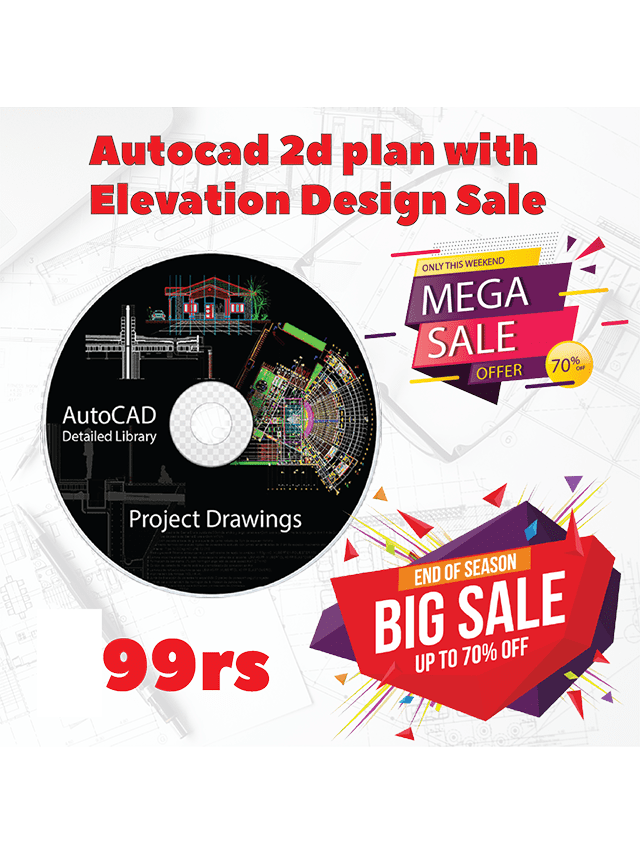Gendral Civil Engineering
Factors Affecting Selection of Site

Factors affecting selection of site
The site for a residential building should, present a peaceful environment , good landscape, sun for the most part of the day and uninterrupted flow of natural air. The following factors need to be studied in depth, while selecting the site for a residential building:
- Topography
- Nature of sub-soil
- Position of the ground water table
- Facilities
- Neighbourhood
- Undesirable things near the site
- Vegetation
- Shape of the site
- Availability of men and materials
- Proximity to sea-shore, river or lake or the place of natural beauty.
Topography:
- Plain grounds: Plain sites offer easy marking, excavation and construction. No levelling is needed. But drainage becomes a problem and stagnant pools will be formed after a heavy rainfall. Even dry weather, the effluent of septic tank forms pools inviting mosquitoes and other insects which spread diseases.
- Sloping grounds: A bare minimum of 1% (1 in 100) slope is required for effective drainage.2% is the minimum slope for the drainage of lawns. Slope easily gets noticed when it exceeds 5%. While a perfectly levelled ground (0% slope) had no advantages, a slope between 3% and 10% is ideally suited for constructions. Easy erosion is caused along these slopes after a heavy rainfall and creep (downward sliding of the subsoil) is quite common.
- Undulating ground: Building Construction on undulating ground is quite possible after levelling.
- Elevated site: An elevated site gives majestic appearance and enhances the beauty of the structure built over it by commanding good view.
- Low lying area: A low lying area is to be avoided as far as possible. Low laying area adjacent to a water body as a lake, reservoir, tank, river or canal may offer an excellent view and better comfort even in extremely chill and hot climates.
- Nature of sub-soil: A permanent building shall be constructed over a soil offering good bearing capacity. The soil below the ground called sub-soil. Rocky, Gravelly and Sandy soils are known as dry soils which give rise to higher temperature and less humidity’s.
- The position of ground water table: Ground water table (GWT) should be at a minimum depth of 3m below ground level.
- Percolation: Soils percolating at 180 s/mm are respectively less porous and pooling of waste water is common with them.
- Facilities: Community services such as street cleaning, fire protection and utilities like gas supply, drainage line, transport system should available near site with no extra cost.
- Neighbourhood: Our living environment is controlled by neighbourhood. Residential buildings are undesirable in commercial and industrial areas.
- Undesirable things near the site: Industries, Garbage disposal land, Slaughter houses, Cemeteries, Brick or lime kilns, Quarries, Stagnant pools, Airport, Highways and Railways etc.
- Vegetation: A site having trees, shrubs and bushes over it is to be preferred than a bare and barren site.
- Shape of the site: Rectangle shape of site of length 1 to 2 times its width and preferably the width being parallel to the road is ideal. Triangle shaped sites are to be avoided. More skill is required in planning on an irregular site.
- Availability of men and materials: Materials of good quality and skilled labour should available at the site.
- Proximity to seashore: Coastal towns present better climate. But in such climate corrosion of metallic surface is accelerated and also comfort is less because of greater humidity. Hence, it is up to an individual to choose the proximity.









